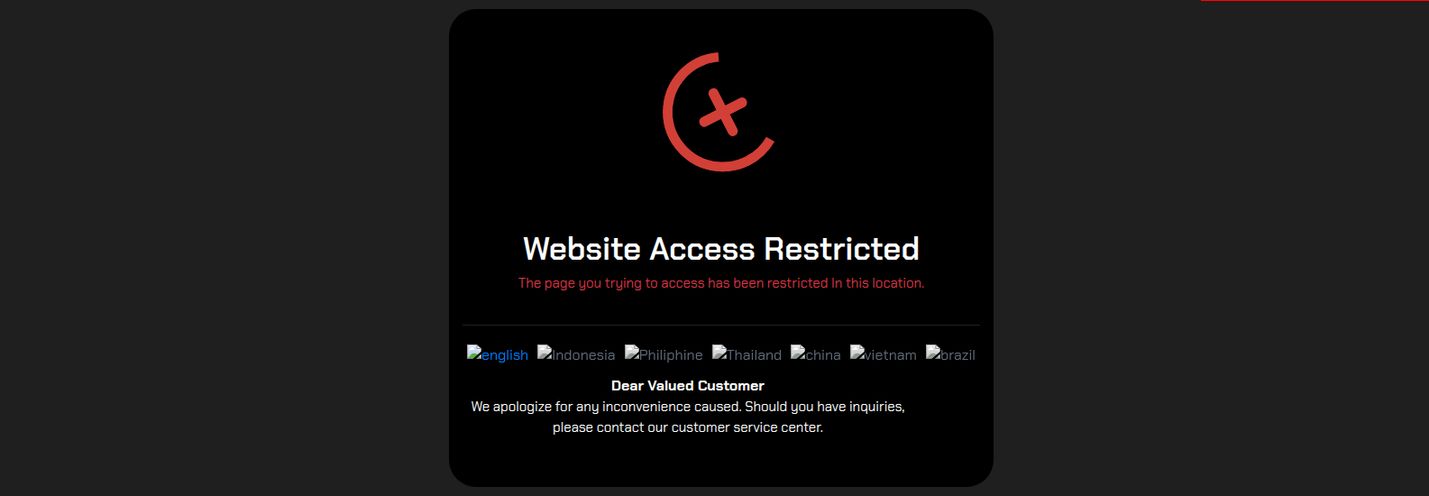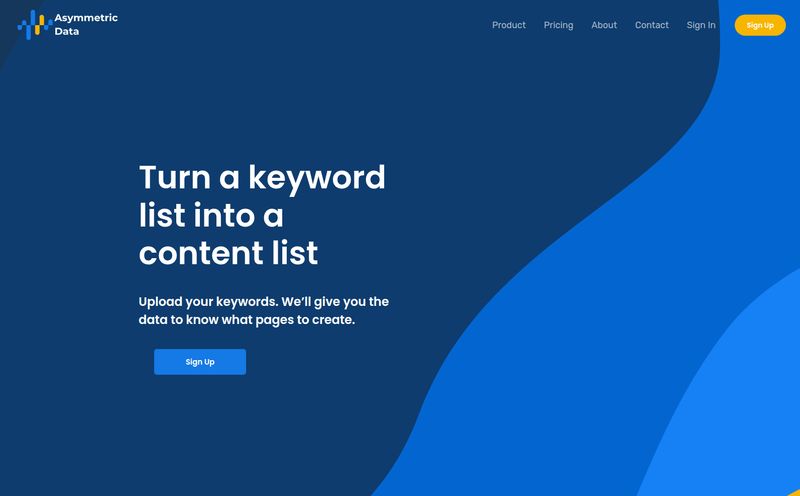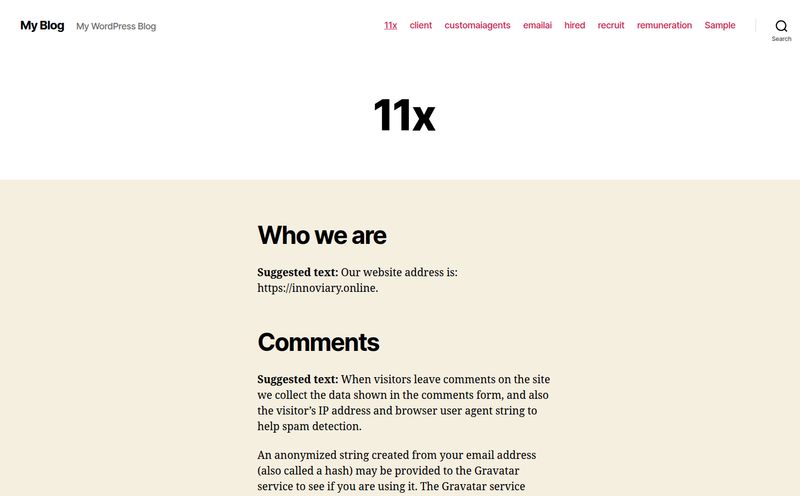We've all been there. You're deep in a Slack thread, twenty-five replies in, trying to figure out who was responding to that one specific comment about the database schema from three days ago. Someone's pasted a screenshot, someone else replied with an emoji, and the original context is… well, it's a 404 Not Found. Lost to the digital ether.
For years, I've seen teams struggle with this. We try to have deep, meaningful discussions about important technical documents—RFCs, design docs, project proposals—using tools built for quick chats. It’s like trying to build a house with a spoon. You can do it, I guess, but it’s gonna be messy, frustrating, and probably fall apart.
So when I stumbled upon a tool called CQ2, designed specifically for this problem, my curiosity was piqued. It claims to be for “thoughtful and coherent discussions.” A bold claim in our notification-saturated world. But after digging in, I think they might actually be onto something.
So What Exactly is CQ2? And Why Should You Care?
At its heart, CQ2 is a communication tool built for RFCs (Requests for Comments) and other important written documents. It’s crafted for teams that prioritize writing things down—the “written-first” crews who know that a well-documented decision is worth its weight in gold. Think of it as a specialized environment for deep work, away from the constant chatter of general-purpose chat apps.
It’s not trying to be the next Slack or Microsoft Teams. And thank goodness for that. Instead of being a firehose of information, CQ2 is more like a carefully designed library, where every conversation has its own quiet, organized room. It's built to untangle the chaos, not add to it.
The Sliding Panes and Quote-Level Threads are Game-Changers
Okay, this is where I really started to get excited. Most tools just give you a linear, chronological feed. CQ2 throws that out the window for something much, much smarter.
The Magical Sliding Panes Interface
Imagine you’re reading a main document. You click on a comment. Instead of jumping you down the page or opening a clunky sidebar, a new panel slides in from the side, containing that specific thread. You can focus entirely on it. Want to reply to a reply? Another panel slides in. It sounds a bit weird, but in practice, it’s brilliant. It’s like having an infinitely wide desk where you can lay out your papers side-by-side, never losing sight of the original document. You maintain perfect context without having 15 browser tabs open. It’s a UI designed to respect your focus.

Visit CQ2
Quote-Level Threading is Just Chef's Kiss
This is the other half of the magic. You can highlight any specific quote in a document and start a discussion right there. No more vague, “to your point earlier…” or awkwardly copy-pasting text into your reply. The conversation is literally attached to the words it’s about. This simple feature completely eliminates the “what are you talking about?” problem that plagues email and chat threads. It keeps every piece of feedback surgically precise and easy to track.
The Good, The Not-So-Bad, and The Open-Source
No tool is perfect, right? Every piece of software comes with its own set of trade-offs. After using CQ2, here's my honest take.
The biggest advantage is how it forces you to be more thoughtful. The whole design nudges you away from knee-jerk reactions and towards well-considered feedback. It genuinely helps teams make clear, documented decisions you can actually refer back to weeks or months later. And for anyone who has ever tried to find a decision that was made in a random Zoom call… you know how valuable that is. The focus on context is just unparalleled.
On the flip side, that unique sliding panes design? It has a bit of a learning curve. It took me a little while to get the hang of it, and I can see some team members resisting the change at first. It’s different, for sure. Also, if you’re looking for a massive, all-in-one project management suite with Gantt charts, time tracking, and kitchen-sink integrations, this ain't it. CQ2 is a scalpel, not a Swiss Army knife. It’s designed to do one thing—facilitate deep discussions on documents—and it does it exceptionally well.
And then there’s the ace up its sleeve: it's open source. This is huge. It means you can self-host it, customize it to your heart's content, and you’re not locked into a proprietary ecosystem. For developers and security-conscious companies, this is a massive win.
| What I Liked | What to Consider |
|---|---|
| Promotes structured, thoughtful feedback. | The sliding panes UI takes some getting used to. |
| Quote-level threads keep context crystal clear. | It's a specialized tool, not a full project manager. |
| The open-source nature offers flexibility and control. | Might be overkill for very simple, quick feedback loops. |
So, How Much Does CQ2 Cost?
This is often the first question people ask, and the answer here is interesting. As of my review, there isn’t a public pricing page. Because it’s an open-source project, you can likely grab the code from a repository like GitHub and host it on your own servers. This means the direct cost could be next to nothing, aside from your own hosting and maintenance expenses.
It's possible the developers will offer a paid, hosted (SaaS) version in the future for teams who don't want to manage the infrastructure themselves. This is a pretty common model for open-source tools, so I'd keep an eye out for that if you're interested but not ready to self-host.
My Final Verdict: Is CQ2 Worth Your Time?
In my opinion, absolutely. But with a caveat. CQ2 is for teams who are serious about improving the quality of their collaboration on written work. If your engineering, product, or design teams are drowning in messy feedback on their RFCs and design documents, this tool could be a breath of fresh air. It's a purposefully built solution for a very real, very painful problem.
However, if your team is tiny and your process is super informal and works just fine, you might not need this level of structure. It’s for those who feel the pain of lost context and want to build a more deliberate, asynchronous communication culture.
It’s a bold attempt to bring sanity back to the feedback process, and for that, I’m a big fan.
Frequently Asked Questions about CQ2
- What is an RFC, anyway?
- RFC stands for "Request for Comments." It’s a formal document that proposes a new feature, design, or standard and invites feedback from stakeholders. It's a common practice in many tech and engineering organizations to ensure decisions are well-planned and agreed upon.
- Is CQ2 a replacement for Slack or Jira?
- Not at all. It's a complementary tool. You’d still use Slack for quick chats and Jira for task/project tracking. CQ2 is specifically for the discussion and decision-making phase that happens around important documents, before the work gets broken down into Jira tickets.
- How hard is it to learn the sliding panes design?
- Honestly, it takes a little bit of adjustment. Maybe an hour or two of active use to feel natural. But once it clicks, it feels much more organized than traditional threaded conversations. I’d say the payoff in focus and clarity is worth the small initial learning investment.
- Since it's open source, can I contribute to the CQ2 project?
- Most open-source projects welcome contributions! You'd typically find their repository on a platform like GitHub, where you can report bugs, suggest features, or even contribute code. It's a great way to help shape a tool you find useful.
Conclusion
In a world screaming for our attention, CQ2 offers a quiet, focused space for the conversations that matter most. It’s not just another app; it’s a philosophy about how teams can and should communicate to do their best work. By solving the nightmare of lost context with its unique design, CQ2 makes a strong case for being an essential part of any modern, written-first team’s toolkit. It turns the 404 error of your feedback process into a clear, well-documented path forward.
Reference and Sources
- For more on the RFC process, the IETF RFC page is the original source.
- While a direct site wasn't available, open-source projects like CQ2 can often be found on platforms like GitHub.



